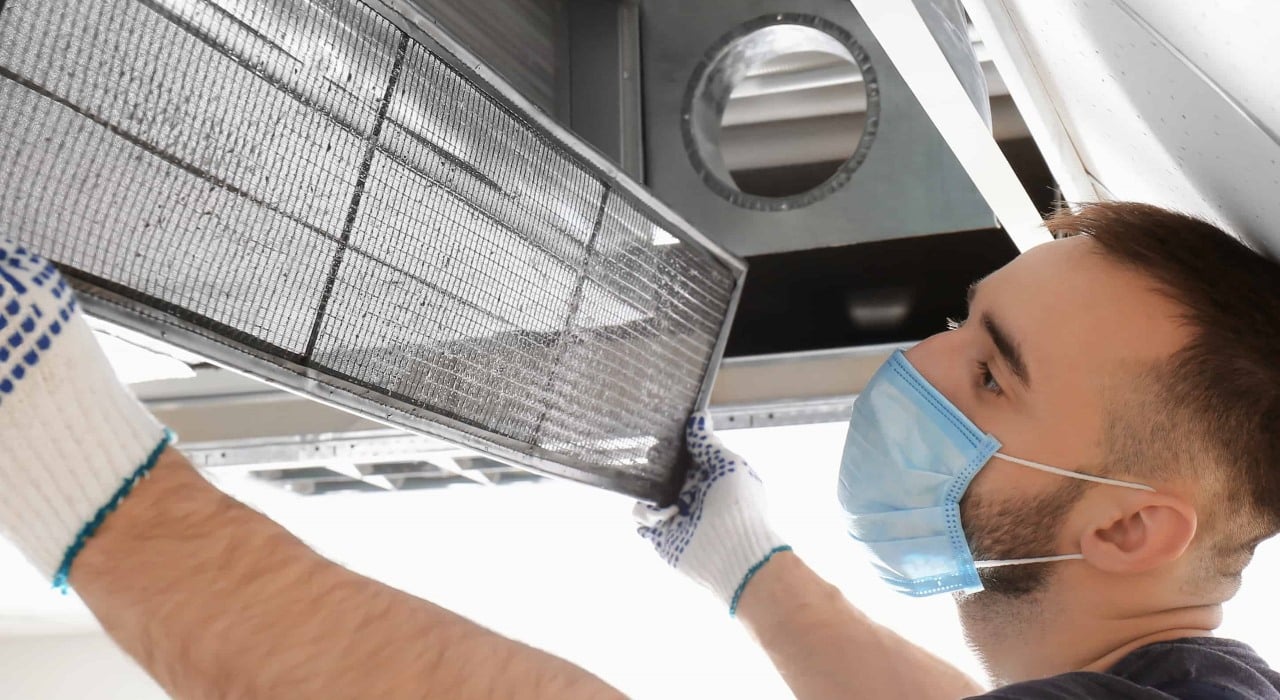Dirty ducts don’t have a place in the home or a place of business. They are a recipe for dirty air which may result in a horde of problems, including allergies and various respiratory diseases. But what is the air vent cleaning process? Read below to find out more.
Duct inspection
The first process in duct cleaning is a thorough inspection of the ducts. This involves a visual inspection to assess the level of the buildup of dust, dirt, and debris in the ducts and also to check if there are any leaks within the duct system.
Through such visual inspection, it will be easy to tell if you need to do more than just the cleaning. This is a good time to make any necessary repairs and replacements within the ductwork to make the system more efficient.
Creating negative pressure
The whole premise of duct cleaning relies on the principle of negative pressure. This is usually done with the help of large, portable, vacuum collection devices. During normal operations, the pressure inside the ductwork is lower than the pressure outside, hence, forcing the system to take in more pressure through suction. The air duct cleaning services providers simply do the opposite to get rid of the dust, dirt, and debris.
They hook the vacuum collection devices to a duct close to the air handler of the HVAC system. They then create an access hole in the duct where they will insert a hose and seal the joint tightly.
Once this is done, the vacuum unit will be turned on to create negative pressure inside the ductwork. It is this negative pressure that will suck all the particles inside the ductwork into the vacuum collection device.
Agitating the dust
After the system is under negative pressure, the air vent cleaning technician will then agitate the dust, dirt and other debris by uncovering each register to agitate the dust with the help of a rotating brush or any other compressed air tool to ensure that all the dirt, dust and debris is sucked into the vacuum collection device. Once this is done, the vacuum collection device can be disconnected and the ductwork restored to its initial state.
Cleaning the rest of the system
Duct cleaning should never focus on the vents alone but the entire HVAC system. Once you are done with the ducts, you should also check on system components such as the drain pan, the evaporator coil, and the handler’s blower motor. This is also the right time to clean or change the filters, as this will greatly improve the efficiency as well as the longevity of the system.



